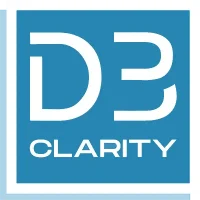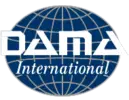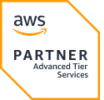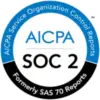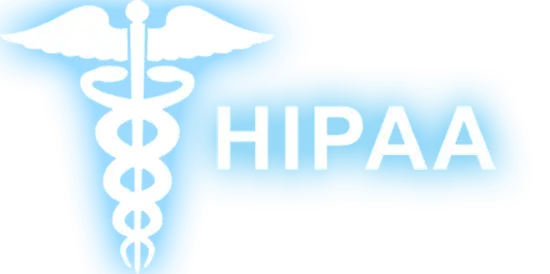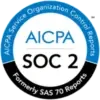Employee
DESCRIPTION:
The master data management (MDM) employee domain focuses on consolidating, managing, and distributing standardized and accurate data related to an organization’s workforce. This domain is instrumental in ensuring that employee information is consistent across various systems and is updated in real-time. By centralizing employee data, organizations can optimize workforce management, enhance employee experience, support compliance needs, and drive strategic HR initiatives.
TYPES:
- Full-time Employees: Permanent staff with full benefits.
- Part-time Employees: Staff with fewer hours and possibly variable benefits.
- Contractors: Temporary workers, usually hired for specific projects or durations.
- Interns: Typically students or recent graduates working temporarily.
- Remote Employees: Staff who work outside the primary business location, such as from home.
COMMON ATTRIBUTES:
- Employee ID
- Full Name
- Date of Birth
- Contact Details (Address, Phone, Email)
- Hiring Date
- Job Title and Description
- Department and Reporting Manager
- Compensation Details
- Employment Status (e.g., active, terminated, on leave)
- Skills and Qualifications
- Training and Development Records
- Performance Reviews
BENEFITS:
- Unified Employee View: Provides a single source of truth for all employee information.
- Enhanced Reporting: Supports HR analytics and insights for strategic decision-making.
- Operational Efficiency: Simplifies HR processes, from recruitment to retirement.
- Regulatory Compliance: Assists in meeting employment laws and regulations.
- Improved Employee Experience: Ensures accurate and timely access to personal data, benefits, and other HR services.
CHALLENGES & CONSIDERATIONS:
- Data Privacy: Ensuring the protection of personal and sensitive employee data.
- Integration Challenges: Syncing employee data across multiple HR, payroll, and operational systems.
- Data Quality: Continuously maintaining up-to-date and accurate employee records.
- Global Operations: Addressing regional and country-specific employment laws and standards.
COMMON DEPENDENCIES:
- Finance Domain: For payroll, compensation, and benefits data.
- Operations Domain: To synchronize workforce planning with operational needs.
- IT Domain: To manage access rights, software licenses, and equipment allocation based on employee roles.
The employee domain within MDM plays a pivotal role in an organization’s ability to manage its most valuable resource: its people. By ensuring a cohesive, updated, and centralized repository of employee data, organizations can streamline HR operations, improve employee experiences, and make informed decisions related to workforce management. Given the sensitivities around personal data, a robust MDM practice for the employee domain is crucial to balance efficiency with compliance and security.



